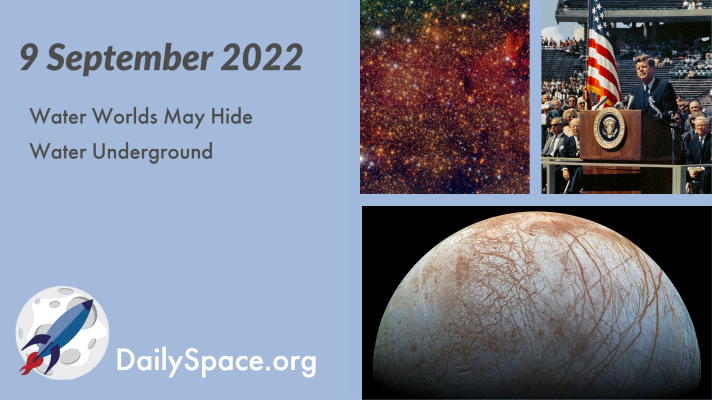
Sep 10, 2022 | Crewed Space, Daily Space, Exoplanets, Galaxies, Mars, Milky Way, Space History, Space Policy, Star Forming Region, Stars
A population study of 43 exoplanets orbiting M-dwarf stars used both the transit method and radial velocity method to find the densities of the worlds and a surprising pattern emerged. The planets are less dense than expected, suggesting they are not purely rock but half-rock and maybe half-water. Plus, star factories in the Milky Way, glaciers on ancient Mars, and This Week in Space History.
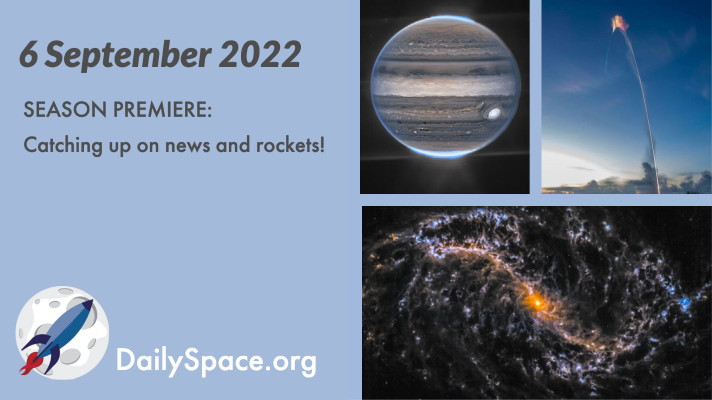
Sep 7, 2022 | Artemis, Blue Origin, Cosmology, Crewed Space, Daily Space, ESA, Exoplanets, Galaxies, ISRO, Jupiter, JWST, Mars, Mars 2020, Perseverance, Rocket Lab, Rockets, Space China, Space Policy, SpaceX, Starlink, Stars, The Sun
As we return from our summer hiatus, we are back with a rundown of some of the stories that came out during the break. On the planetary front, JWST has been taking amazing images and learning about exoplanets. On the astrophysics front, we’ve got stories on dark matter and Betelgeuse. And there were thirty orbital launches, including a whole lot of Starlinks… but not including Artemis.
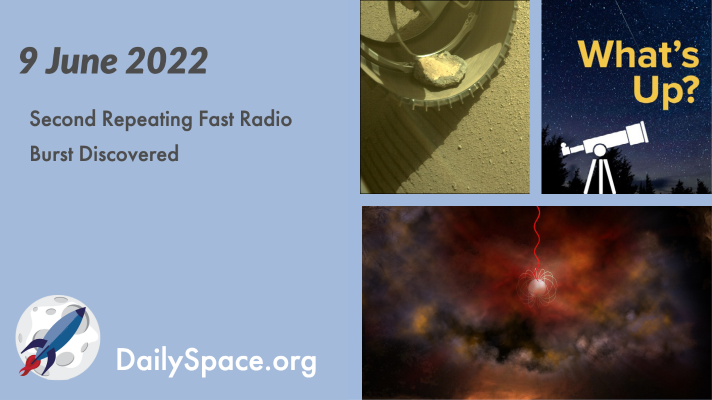
Jun 10, 2022 | Daily Space, Fast Radio Bursts, JWST, Mars, Neutron Stars / Pulsars, Perseverance, Rockets, Sky Watching, Space Policy, Spacecraft, SpaceX, Starlink
A second repeating fast radio burst was detected in 2019 by China’s FAST observatory and confirmed in 2020 by the Very Large Array. This latest discovery raises the possibility that there are two different types of FRBs. Plus, a SpaceX commercial launch, mission updates, neutron stars, and this week’s What’s Up.
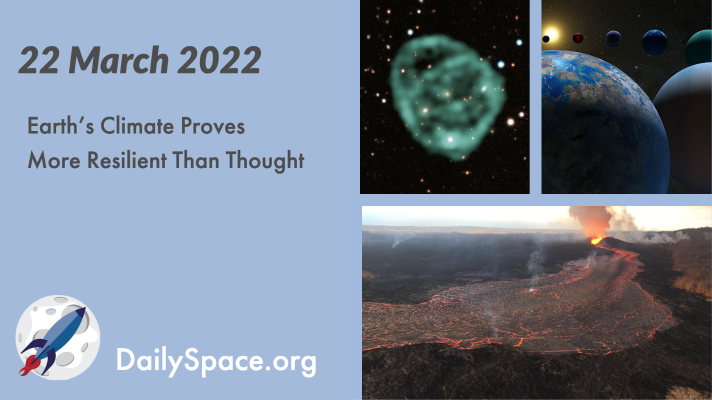
Mar 23, 2022 | Climate Change, Daily Space, Earth, Exoplanets, Galaxies, Mercury, Moon, Observatories, Space Policy, SpaceX, Spitzer
Computer models of the effects of an eruption event similar to the Columbia River Flood Basalt show that, despite massive injections of sulfur dioxide into the atmosphere, Earth’s climate rebounded much more quickly than expected. Plus, ORCs, lunar swirls, exoplanets, and diamonds.

Mar 5, 2022 | Crewed Space, Daily Space, Earth, ESA, JAXA, Rockets, ROSCOSMOS, Science, Soyuz, Space History, Space Policy, Spacecraft, SpaceX
Today we’re going to discuss the repercussions to space science of Russia’s invasion of Ukraine. Some people may find this subject upsetting, and if you need to skip this episode, we understand. We’re going to take a look at Roscosmos and how space corporations and nations are imposing sanctions that impact how, when, and what we send to space.
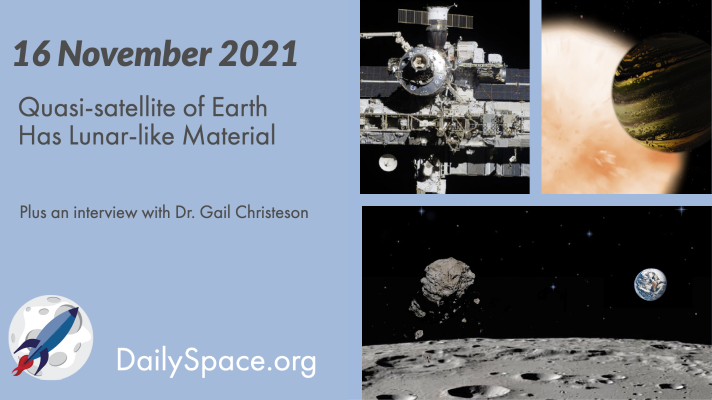
Nov 17, 2021 | Asteroids, Crewed Space, Daily Space, Earth, Exoplanets, Our Solar System, Planets, Space Policy, Spacecraft
After five years of observations, researchers have found that the quasi-satellite Kamo’oalewa, which currently orbits the Earth, is similar to a lunar sample collected during the Apollo 14 mission. Plus, Russia blows up a satellite, TESS finds a circumbinary planet, and we interview Dr. Gail Christeson of the University of Texas, Austin, about mapping the Chicxulub crater.








 We record most shows live, on Twitch. Follow us today to get alerts when we go live.
We record most shows live, on Twitch. Follow us today to get alerts when we go live.